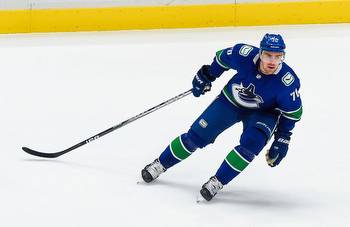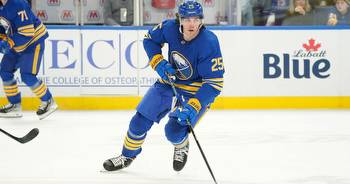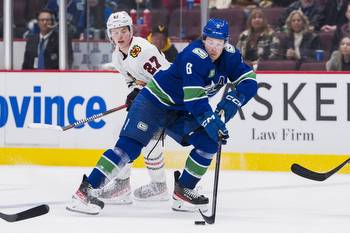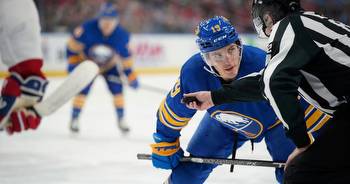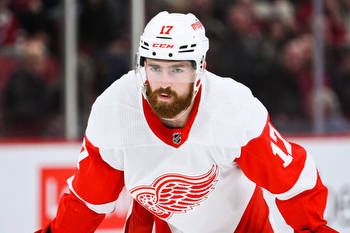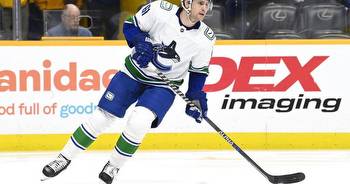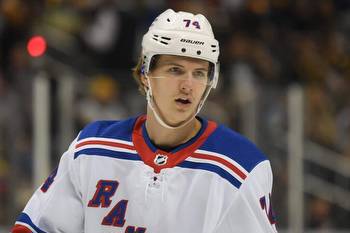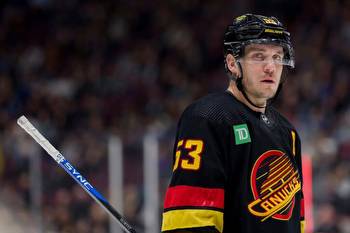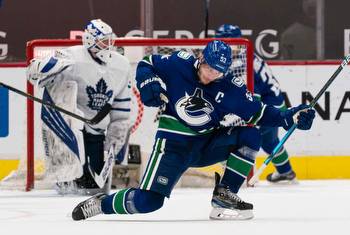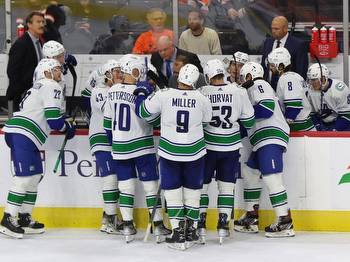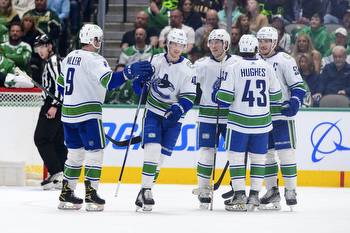Drance: Why shedding Riley Stillman’s cap hit is a small win for the Canucks
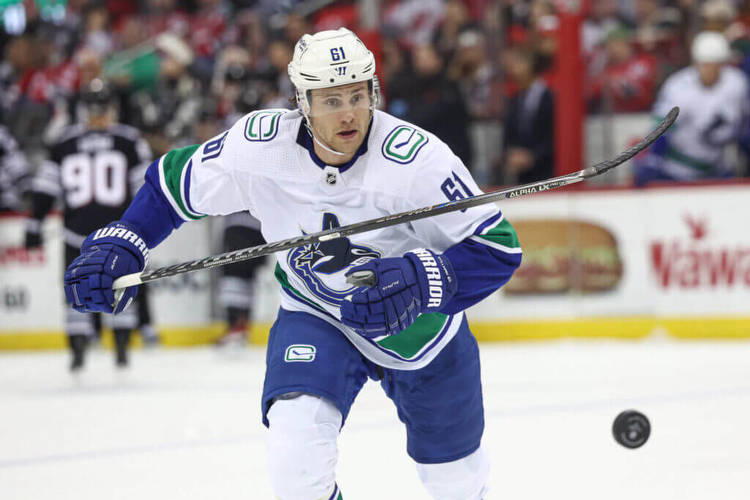
Trading contracts with term isn’t easy.
There’s significant trepidation among NHL teams about taking on future cap liabilities and while that’s always true, it’s been additionally extreme over the past month.
Expiring players have still held their value this trade deadline season, but moving deals with term has been tough going, which has made for a fascinating, difficult trade market in the lead up to the March 3rd NHL trade deadline.
Since the NHL trade market heated up in late January in the wake of the Bo Horvat trade, for example, only five players with term beyond this season and a cap hit over $1 million (after retention) have moved to this point: Anthony Beauvillier, Nino Niederreiter, Nikita Zaitsev, Jake McCabe and now Riley Stillman.
That the Canucks found a way to include Stillman in that group and did so without taking any salary or cap commitments back, makes this a good trade — regardless of the return — for a club in Vancouver’s position.
On Monday afternoon the Vancouver Canucks announced that Stillman — acquired just five months ago from the Chicago Blackhawks in the Jason Dickinson trade — had been dealt to the Buffalo Sabres in exchange for OHL prospect Josh Bloom.
Bloom is actually pretty interesting, which we’ll get to shortly, but even if he weren’t, this deal would represent a sensible move.
Stillman, 24, struggled for much of his Canucks tenure but was also utilized in a role that he wasn’t ideally suited to while playing with a partner — most often Tyler Myers — who is similarly calibrated as a physical defender with some limitations in terms of defensive awareness.
The results weren’t pretty. With both Stillman and Myers on the ice together, the Canucks surrendered 30 more scoring chances than they generated while playing to a -5 goal differential at five-on-five in just over 200 minutes.
On a Sabres team flush with higher IQ puck-moving defenders that can skate, Stillman may yet prove useful. Given the way that Stillman’s flaws were magnified on a stodgy Vancouver blue line, it didn’t seem likely that it was going to work out for his development in Vancouver.
One interesting side plot to note in this deal is that Stillman had played a more significant role since the Rick Tocchet hire — he’d been averaging top-four minutes since Tocchet took over for Bruce Boudreau — a bump in minutes that now looks like it may have been something of a showcase.
If that’s the case, that’s a positive process indicator that hints at the greater level of alignment between Vancouver’s new front office and the head coach they, finally, got a chance to handpick in January.
In any event for a Canucks team desperately in need of whatever scrap of extra cap flexibility it can carve out, the primary benefit of this deal is the $1.35 million in cap savings the club nets from shedding Stillman’s cap commitment.
Though small, carving out that extra space in this marketplace is good enough business that the entire logic of the Dickinson trade now looks a lot more palatable. Now over a five-month period, the club managed to get off of all of Dickinson’s cap hit and return a solid prospect at the cost of a second-round pick. That’s very nearly tidy.
Obviously, the money shed here isn’t sufficient to prevent the club from facing some far more difficult choices this offseason than a team perched near the bottom of the NHL standings should, but every little bit helps. Rome wasn’t dismantled in a day.
That the deal also returns a genuine prospect in Bloom, who is 19 years old and a relatively recent third-round pick, is gravy at this point. And there’s a fair bit to like in Bloom.
The 6-foot-2 winger is currently playing for the North Bay Battalion in the Ontario Hockey League and is producing around a point per game in his draft plus-two season. He’s trending toward being more of a bottom-six project than a future star prospect, but the Ontario-based talent evaluators I’ve checked in with like the tools and speak highly of his character and work ethic.
Bloom profiles, in short, as the sort of person that’s well worth betting on — particularly in a trade that would’ve represented a small win for Vancouver even if the return had been a reserve list prospect the club had no intention of signing.
Over the past few days the Canucks have now placed a no-risk bet on Vitali Kravtsov — essentially paying scraps to jump the waiver queue and take a look at a 23-year-old recent top-10 pick — and now they’ve shed an extra $1.35 million in salary and cap commitments for the balance of this season, and for next year too.
That’s useful, particularly if the club is able to use the short-term space Stillman has vacated to accumulate other futures before Friday.
These are the sorts of moves that, while they may not be sexy, disciplined asset management isn’t often. What they are is appropriately sharp and future-forward moves for a club that faces a long, arduous climb back to NHL relevance.
That matters. Marginal moves to enhance this club’s cap flexibility and add to its talent pool beneath the NHL level in the whole ballgame for a Canucks team with no direct path to contending for anything meaningful in the immediate future.
Which makes the Stillman trade a glimpse of competence offering a welcome relief from the sort of desperation and drama that hockey fans on Canada’s West Coast have become nearly numb to.











